 |
 |
 |
 |
 |
 |
 |
 |
|
|
 |
 |
 |
For small airplanes I have flown,
see separate page.
Beechcraft T-34B
This is the airplane in which ALL Naval Aviators started their training (until 1975). The T-34 was the Navy’s basic trainer from about ’55 to ’75. Looking back after 40 years, it was my overall favorite airplane. It was the most fun to fly – rated at +10 g’s; -4.5 g’s and a canopy you could slide open an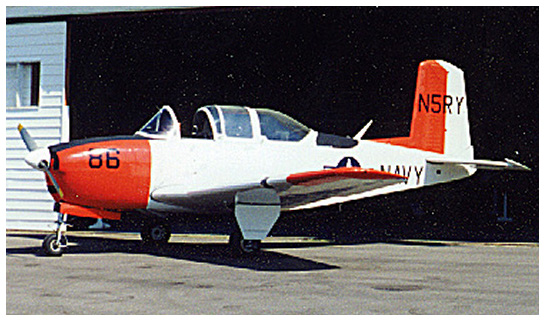 y time. Max speed was 163 kts which was easy to get in a dive. Great visibility, easy to push the limit of its design envelope, aerobatics were fast and fun. Enough power you had to feed in lot’s o right rudder to keep it straight. y time. Max speed was 163 kts which was easy to get in a dive. Great visibility, easy to push the limit of its design envelope, aerobatics were fast and fun. Enough power you had to feed in lot’s o right rudder to keep it straight.
My BOQ roommate in basic training was Ed Nowicki, an M.D. just out of school and in training to be a ‘flight surgeon’. He was my age, 25 and might have been the single nicest person I have ever met. We got very close because it took 100% focus to make it through the classes and the flying and you needed a buddy to study with and help with the motivation. Every morning for six weeks, we ate breakfast in the officer’s mess and walked to our first class together, all the time talking about what was on today’s test, etc.
On the morning walk to our first training flight ever, wearing our brand new flight suits, Ed said just a minute, disappeared behind a big bush, then came back and we continued on to the hangar. Both of us had successful flights, him with his special instructor for flight surgeons, and me with the one who had a reputation for flunking out students. Next morning, on our second flight, the same ‘Ed behind the bush’ thing happened.
Turns out Ed was so nervous he had to throw up before every single flight. Flight surgeons did not have to solo, so Ed went on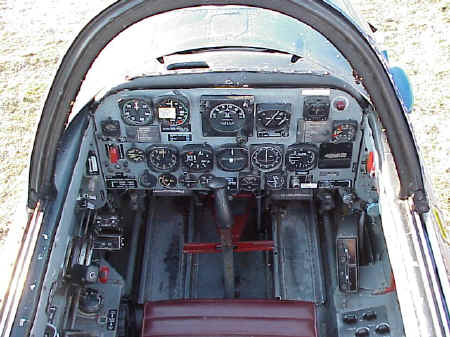 to graduate and be a success in the Navy, I presume. Never saw him again. Me, I made it through the flight program with my instructor, Sully Jarvits. (who names their kid ‘Sully’?) His sarcastic and pointed comments on my performance from the back seat for 10 flights helped prepare me to deal with the whole instructor - student thing for the next 18 months. I never relaxed when he was back there. to graduate and be a success in the Navy, I presume. Never saw him again. Me, I made it through the flight program with my instructor, Sully Jarvits. (who names their kid ‘Sully’?) His sarcastic and pointed comments on my performance from the back seat for 10 flights helped prepare me to deal with the whole instructor - student thing for the next 18 months. I never relaxed when he was back there.
After I got my wings, my first assignment was to spend the summer in Corpus Christi showing Navy midshipmen what flying was like, in the T-34. Best summer of my life so far, flying three times a day with little or no supervision, our own airfield, blue sky above and blue water below. Over the Gulf of Mexico at 150 mph, canopy open 20 ft above the surf, then zooming up to join a dogfight with 5+ airplanes all over the sky, while on the intercom telling the future Navy pilot 3 feet in front of me, who could be sick at any moment, about how wonderful aviation is.
Thank goodness, Sully graded me as above average, so I could move on to flying Jets, the goal of most all trainees.
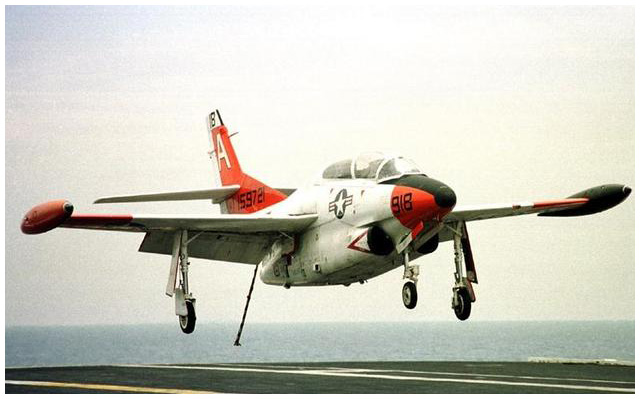 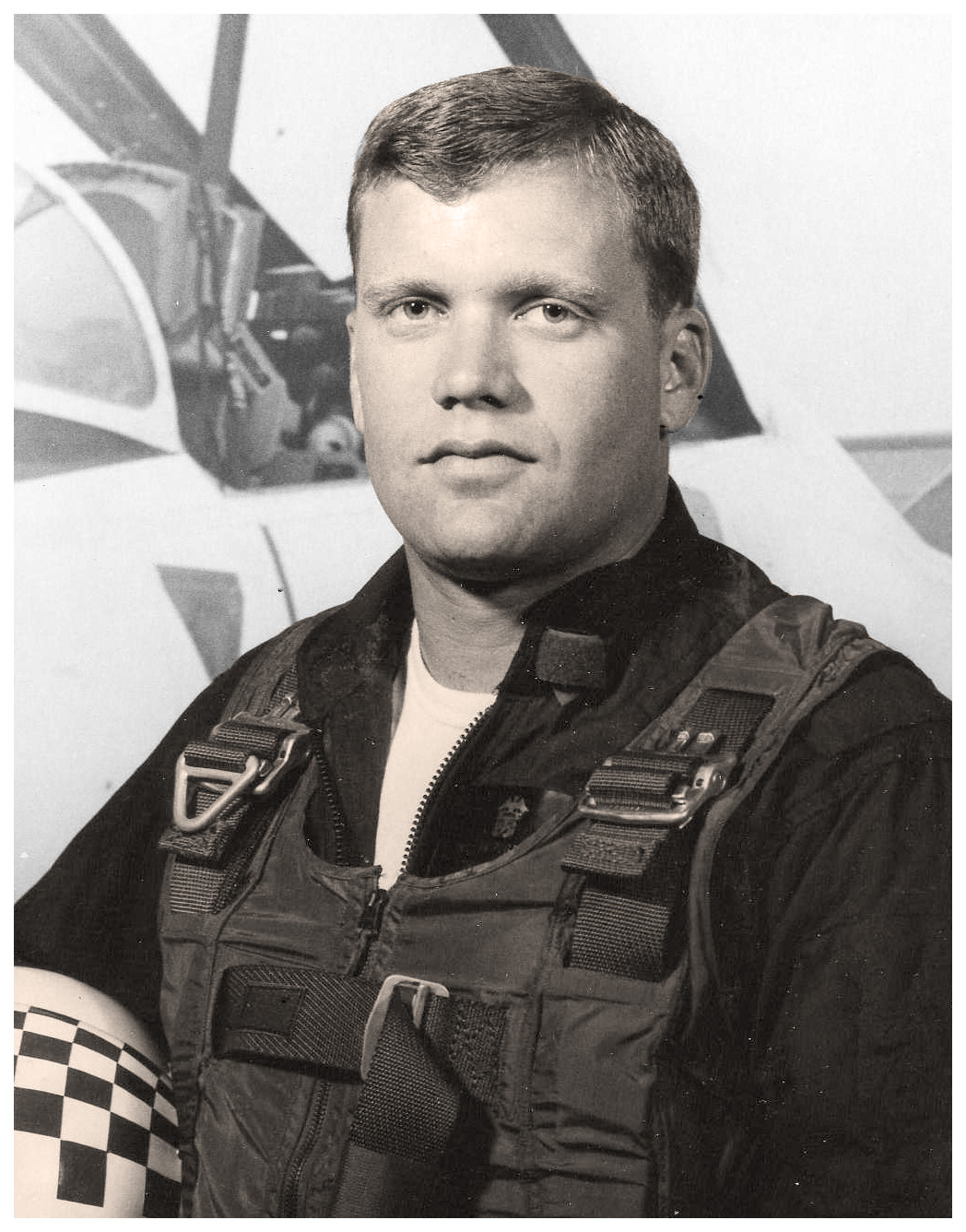
Hi Bill
Who could forget that name? Just checked my log books. Between Mar 29, 1968 and May 15, he was my instructor for 9 flights. He was just what someone like me needed. Scared of my shadow and feared of making mistakes, I had a lot of growing up to do. The hell he put me through was worth it. Thanks, Sully!
In my career as a Coast Guard helo pilot, I was involved in the rescue of 15 men and women from immediate peril, medivaced countless others and lost a helicopter to mechanical failure with no finding of pilot error.
Thanks for mentioning Sully’s name and sharing your story on line!
... Brian M, LCDR USCG Retired
North American T-2A/B ‘Buckeye’ (Apr 68 - Oct 68) 118.4 hours
The intermediate jet trainer for Naval aviators from 1960 to 2004. Straight wings so it was easy to handle, the A model was underpowered, but a real jet requiring skill in thinking ‘faster than the airplane’ and learning about the deadly ‘power curve’. Making it to Meridian was a big deal: you were destined for jets and NOT props or helicopters. That is assuming you weren’t one of the 25% who flunked out or ‘DOR’ed (DOR = Drop On Request).
This training was done at NAS Meridian in Mississippi, a place where not much else was around to interrupt concentration on flying. Meridian was a guys place – we all lived in the BOQ, ate in the officer’s mess and hung around together like a fraternity. Played cards, worked on our cars, but mostly studied to get the best grades and do well at flying. Weekends, we drove back to Pensacola where there were women to chase.
Formation flying was the most difficult challenge for me until one day I ‘got the picture’ – from then on I looked forward to the total concentration and relaxed hand on the stick that it took to fly within a few feet of another airplane – sometimes for 10- 20 minutes.
One of the many guys I’ll remember from Meridian was Guido Carlone. A Naval Academy graduate and extremely tough guy – I think he was a boxer or wrestler – he and I chased women together wherever they could be found. The kind of guy who would not back down from any challenge and was always pushing himself and others.
Guido was killed in an F-8 on a carrier in Vietnam, from what I heard, while trying to trap. Never got to start his career, much less his life. Dead at 25.
After graduation at Meridian, it was back to Pensacola for the real test - ‘CQ’ - Carrier qualification. It was a syllabus lasting 6 weeks at the most, but it was the Navy’s way of weeding out the ones who were not going to make it through advanced training. VT-4 was also the most ‘laid-back’ squadron in the training command, maybe because the instructors knew that your success was up to you, not them.
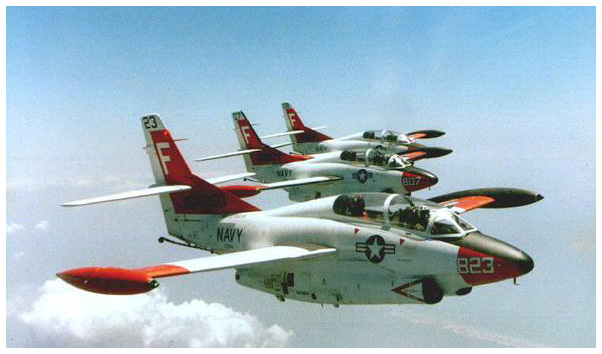
Pensacola was full of young beautiful women looking for an aviator to marry. Almost exactly as portrayed in ‘An Officer and a Gentleman’. Keeping a focus on the Navy was difficult, because it was such a huge contrast from the Meridian isolation. This was the ‘60s and the era of ‘free love’. Vietnam brought some serious consideration of the value of life to everyone (and there was a draft) who might be sent there. And maybe a little urgency in getting some experience in life now.
Me and two friends (future NA’s) rented a small house in Pensacola for 2-3 months, to get out of the BOQ (no women allowed) and throw a few parties. Yes, we had parties and women. We flipped a coin, I got the only bedroom w A/C. Turned out, it’s hot in Pensacola, having A/C was a definite positive for my love life. This house is where one of my roomies, Keefer W. wrestled Guido C. (see above) in the kitchen and somehow the result was a full pan of spaghetti w tomato sauce plastered on the walls. Pretty much I was the one who cleaned it up. They were 250 pounders and did what they wanted, I just tried to keep them happy.
Made it through VT-4 with ease – my confidence was at an all time high. I could fly jets and land on a carrier and attract women. On to the next challenge!
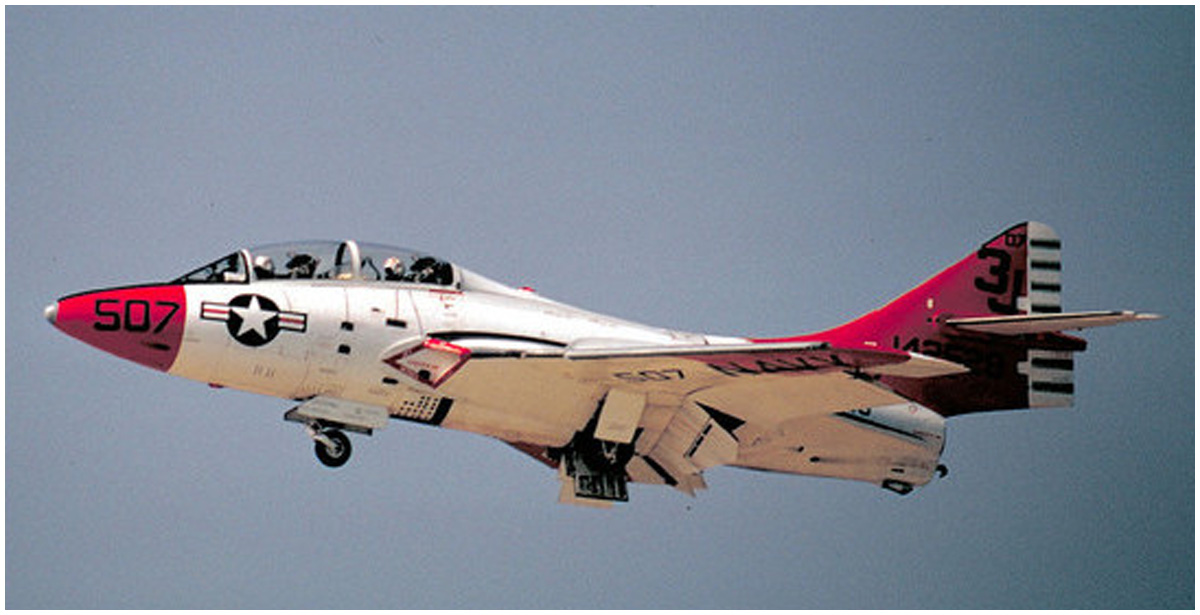
Grumman TF-9J ‘Cougar’ (Dec 68 - Aug 72) 1,563.6 hours
OK, I got married because of this assignment to NAAS Chase in Beeville, Texas. The best tour in the Navy, for me. Not only was Beeville the best place to become an aviator, it was the best place to have the time to decide which woman to marry. So. I got my wings in April 1969 and my wife in the same month. The Navy gave me a choice of assignments: go to Vietnam with a fighter squadron or stay in Beeville and train aviators. I stayed in Beeville for the marriage.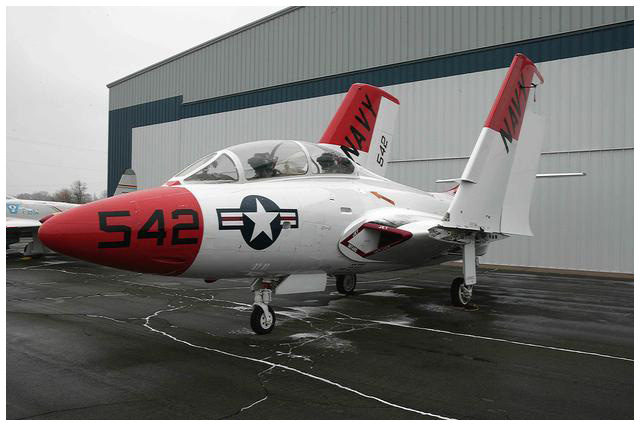
The F-9 was a Korean War vintage aircraft, one of the first swept wings in the Navy. When I flew it, it had been around for 22 years. The plane was a brick and that's why the manufacturer got its name the ‘Grumman Iron Works’. It had the reputation of being unbreakable. The airplane flew great, but it was a ‘dog’ – underpowered so much so that take off from El Paso in the summer was always a nail biter and required calculating the fuel load precisely.
I would sit out on the tarmac at 80% power, burning fuel down to the exact weight allowable for runway temperature and altitude. At rotation, the plane would bounce several times, finally as the end of the 12,000 foot long runway was coming up fast, lumber into the air. Thank goodness, the terrain fell off, because raising the gear added just enough drag to keep it from climbing. The next minute was sometimes spent flying down the slope of the terrain with my hand on the fuel dump switch ready to give me some climb angle. Once airborne and up to speed it was one of the best maneuvering airplanes in the Navy.
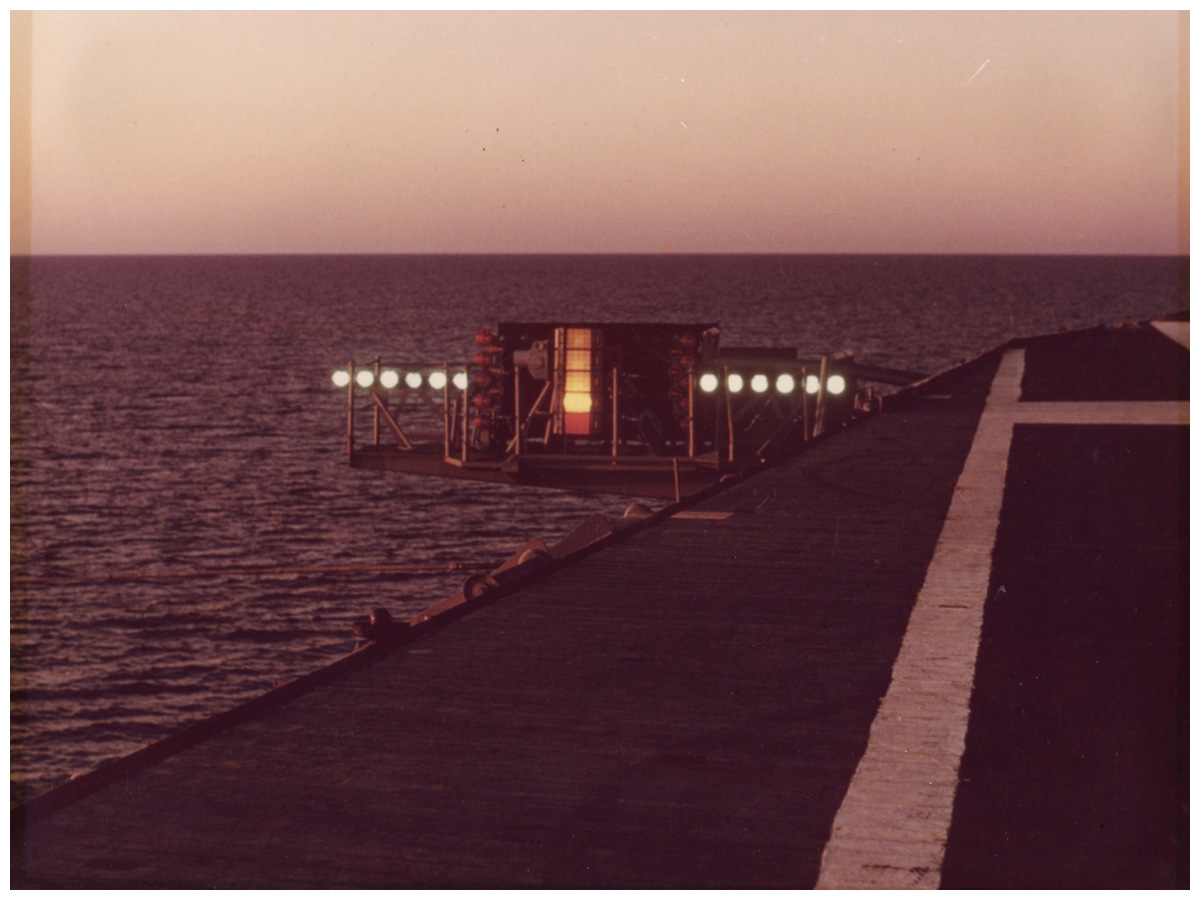
The basics of every Navy fighter/attack mission was taught at Beeville – bombs, air-to-air gunnery, air combat, low-level nav, instrument flying and (swept wing) carrier landing. Every student got just over 100 flights and 150 hours. Graduating here was a BIG deal: this is where you were awarded the gold wings that you wore with pride the rest of your career.
The Cougar was ‘transonic’ – it was capable of exceeding mach one, but would do so only when pointed straight down for several thousand feet at full power. It had folding wings (see photo) and a favorite thing on cross country flights was to land at an Air Force base and fold the wings as you taxied in, just to hear the tower ask if you needed help.
    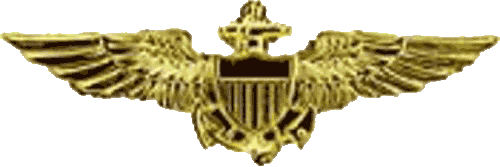 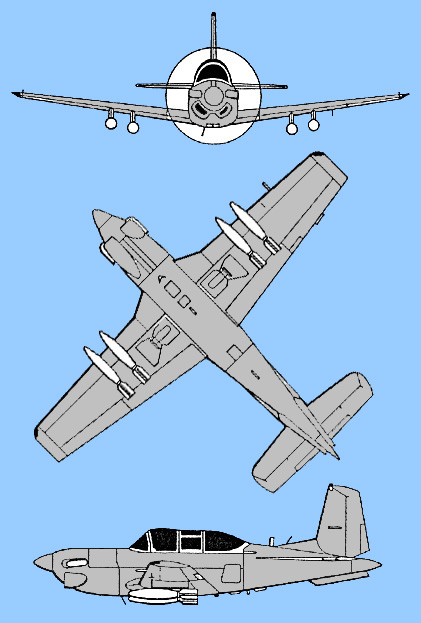 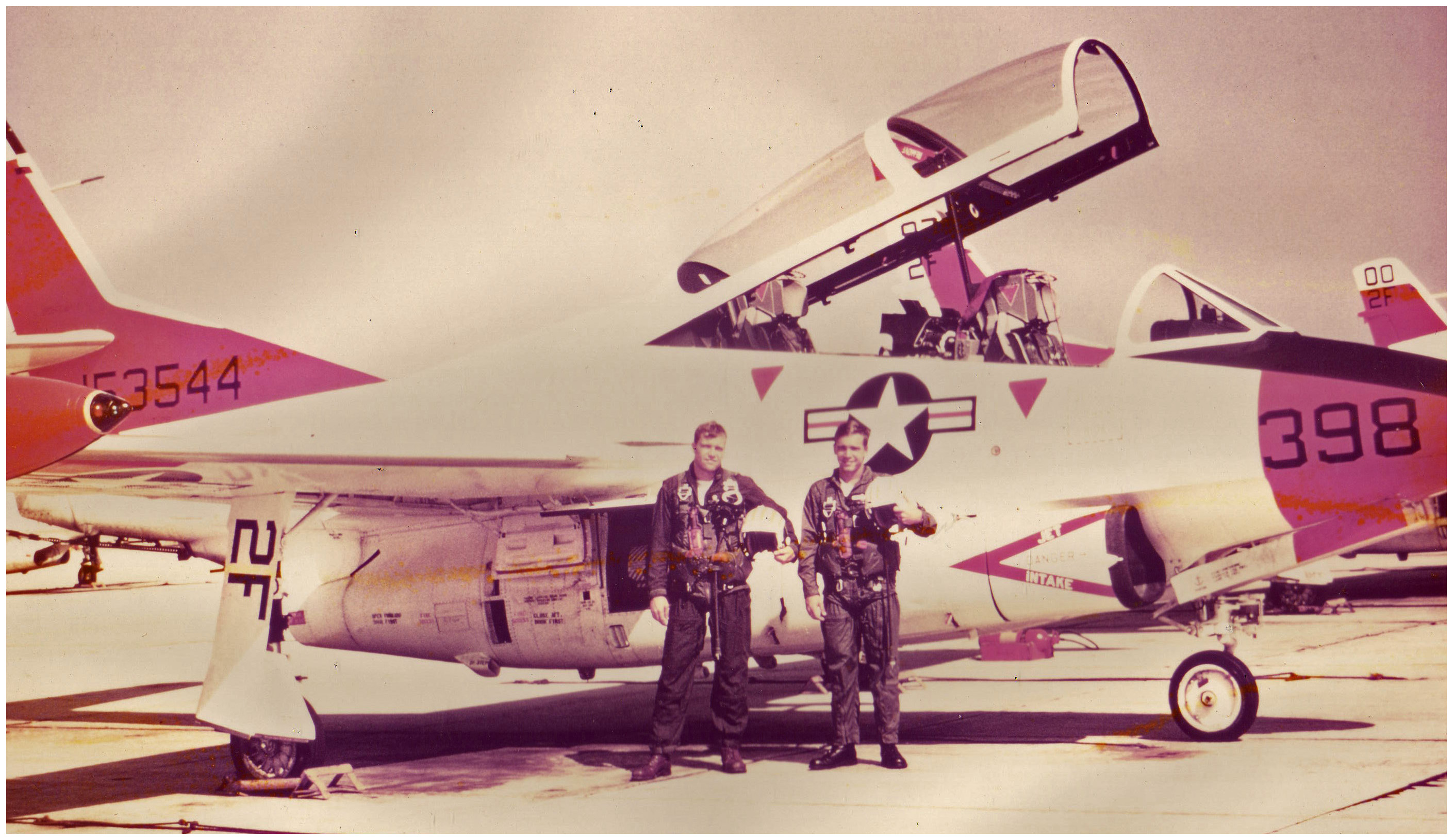
Bill
Don’t know if you will remember me from Meridian in 1969. I was the guy who went through formation training with you, flying the T-2A. Our instructor was Dennis Green, I think. It was a scary time for me since he always made you fly no 2 and me no 3. If I remember, you made better flying grades than everyone, until it came to formation. So it was an exciting experience to try to hold my position on your wing. Personally, I’m glad we both survived! Great web site and Go Navy!
I just retired myself, 20 years in the Navy and 15 more working for Lockheed.
...Danny ‘Bogus’ F., Capt, USN, re
t
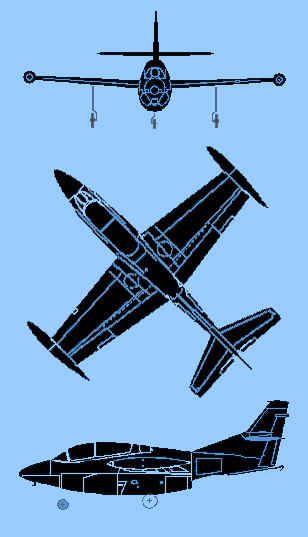 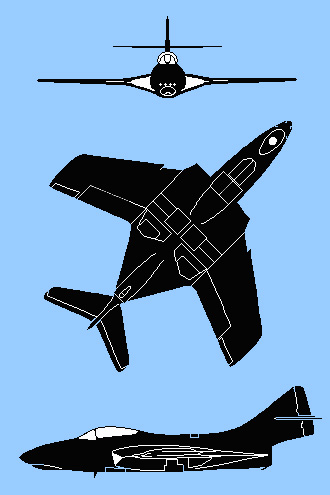 
Read this for some excitement!
I went through VT-1, VT-7, VT-4, and VT-25 in 1964 and 1965.
As you so aptly portrayed it, the Cougar could be a death trap at low altitude and I nearly bought the farm three times on one hop because I got stupid and my instructor wasn't paying attention. Made a no-flaps takeoff which was supposedly impossible...stupid ( wind blew a page over on my kneeboard while waiting to take the duty and neither of us noticed that I had omitted a bunch of checks). Took the "duty" with the canopy open for cryin' out loud) When the bird didn't begin liftoff at 105 knots I jammed the stick full forward and picked up 125 knots on the ground, squeeked the plane into the air at 3 degrees instead of eight, we barely cleared the low fence at the end of the runway. If we hadn't burned off so much fuel waiting to take the duty we wouldn't have made it on this particularly hot day in June of 1965! When given a chance to see if the plane would break Mach-1, I did a split S at 40,000 and got fixation on the airspeed and nearly forgot to pull out of the dive in time (I remember hearing the instructor yelling, "We just passed 10,000, PULL OUT!); both hands on the stick, speed brakes out, the works...leveled off below 3000 feet!...flew the downwind approach parallel to the road at Chase instead of keeping my wingtip lined up on the runway... a mistake which got me in too tight turning on final (don't know how I avoided the dreaded Approach Turn Stall); had to go in and out of shaker several times after applying full power to keep the hog in the air long enough to reach the runway. We made it! All the instructor said during the landing fiasco was, "You're in shaker!" My response was"Roger shaker, I'm busy!" Next day in the ready room, the instructor said, "Go fly your solo, you'll feel better!"
LCDR Clark H., USN Retired
Hi Bill,
I went through flight training in 1971 Marines. Assigned to VMA 331. Now 69 years young.Loved your web site, it brought back lots of memories. Was wondering if you remember how they figured up your flight grade for air to air and air to ground. My fellow pilots were talking the other day but no one could answer/remember exactly how it was computed.
Thank You, Ron M
.
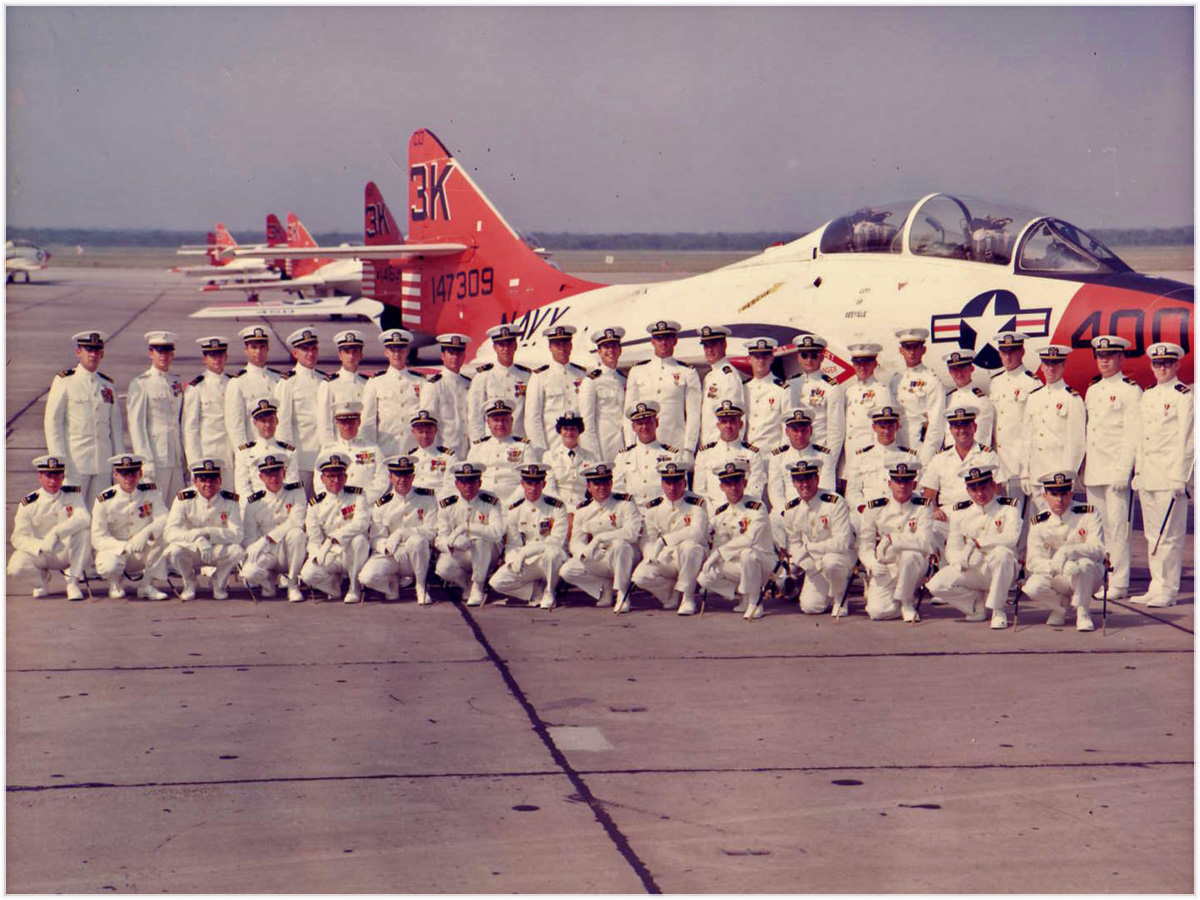 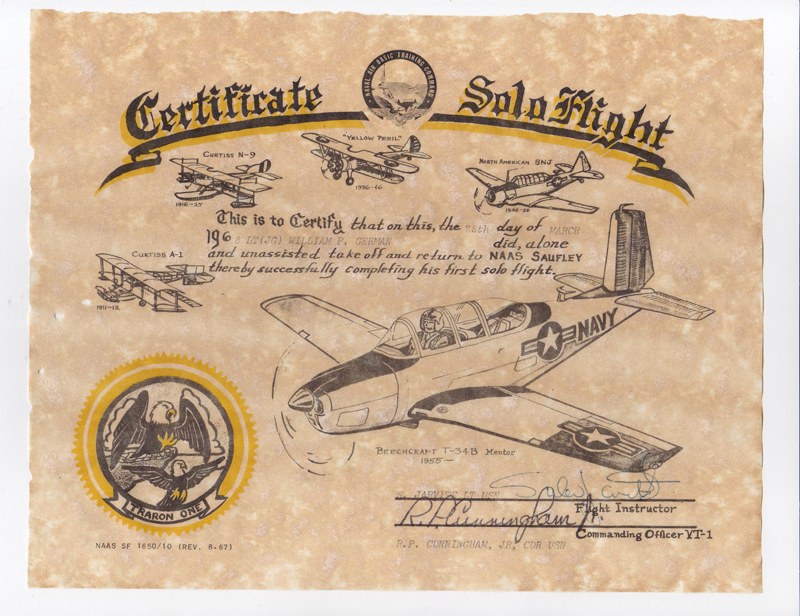   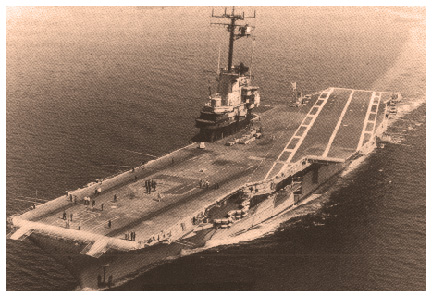
Total Hours US Navy 1968 - 1972: 1,840.5.
Total flights: 1,283.
Small Aircraft Hours 1968 - 2003: 322.5
(Cessna 172, 182, 210, Piper Cherokee, Beech C-23)
Larger airplanes are easier to fly than small ones - more stable and less susceptible to winds. My opinion.
Carrier Qualification: USS Lexington CVS-16: 30 Oct 68.
Lexington Carrier Landings: 23 including T&Gs.
Every carrier landing, touch and go and catapult that I made was on the Lexington. I spent one or two nights aboard when it was too late to get back to Beeville. Great ship, run with precision, never confusion or screw-ups. It was always a pleasure to visit the Lex. She is now a museum in Corpus Christi, Texas.
Bill; That was great!!! What a write up.
I'm going to save this one. ...Wade M. - Colorado
|
|
|